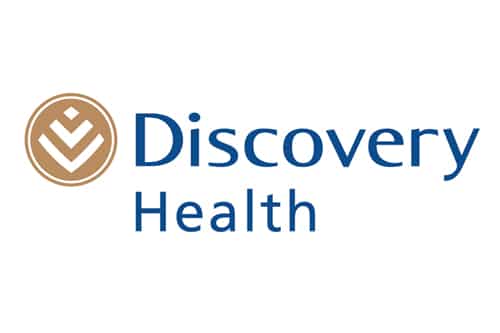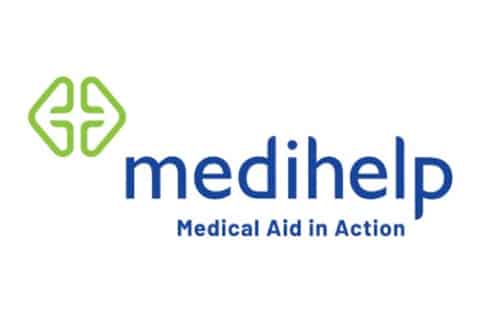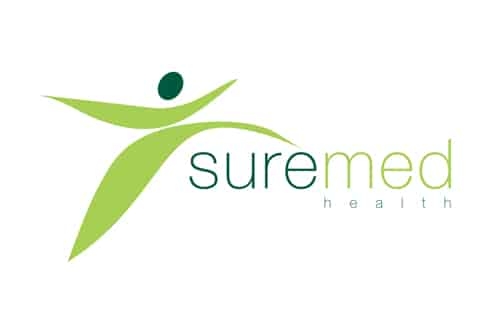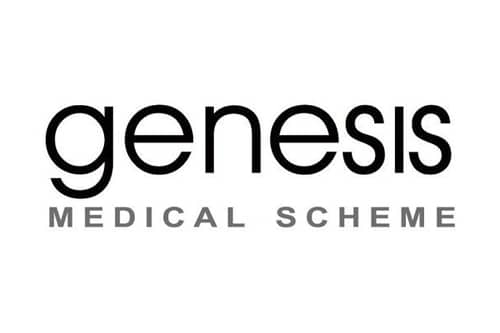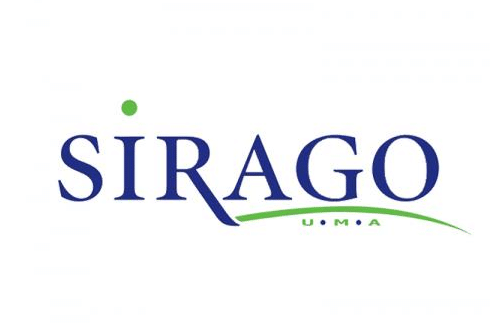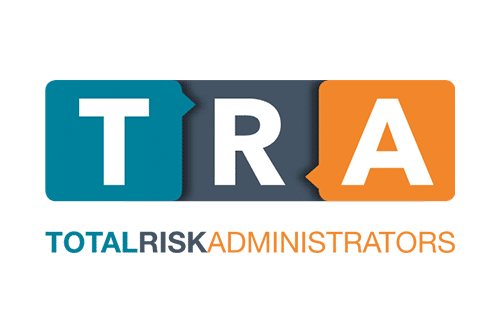Mammography
Mammography:
Mammography is a medical imaging technique that plays a pivotal role in the early detection of breast cancer. It involves using low-dose X-rays to create detailed images of the breast tissue, allowing for the detection of abnormalities, such as tumors or microcalcifications, often before they can be felt. In this comprehensive overview, we will explore the key aspects of mammography, including its importance in breast cancer screening, the different types of mammography, its procedure, benefits and limitations, and the role it plays in women’s health. Additionally, three linked medical references will provide further insights into the topic.
Importance of Mammography in Breast Health:
Breast cancer is a major public health concern worldwide. It is the most commonly diagnosed cancer in women and a leading cause of cancer-related mortality. Early detection is crucial for successful treatment, and mammography is a cornerstone of breast cancer screening and early diagnosis.
Mammography is essential for several reasons:
Early Detection: Mammograms can detect breast cancer at an early stage when it is more treatable. This can lead to less aggressive treatment and improved survival rates.
Precise Imaging: Mammography provides detailed images of the breast tissue, making it possible to identify even small abnormalities that may not be felt during a clinical breast exam.
Screening: It is an effective screening tool for asymptomatic women to identify breast cancer in its earliest stages.
Monitoring: For women with a higher risk of breast cancer, such as those with a family history or specific genetic mutations (e.g., BRCA1 or BRCA2), regular mammography is a critical part of monitoring for early signs of cancer.
Types of Mammography:
There are two primary types of mammography:
Screening Mammography: This is the most common type of mammogram and is used for routine breast cancer screening in asymptomatic women. It typically involves two X-ray images of each breast, taken from different angles, to detect any abnormalities.
Diagnostic Mammography: Diagnostic mammography is used when there are specific concerns about the breast, such as lumps, pain, or other symptoms. It provides more detailed images to assess and diagnose breast conditions. Additional views may be taken to target specific areas of concern.
Mammography Procedure:
A mammogram involves the following steps:
Preparation: Before the mammogram, it is essential to inform the technologist of any breast changes, symptoms, or prior breast surgeries. The patient should not use deodorant, perfume, or powder on the day of the exam, as these substances can interfere with the X-ray images.
Breast Compression: The patient stands in front of the mammography machine. One breast is positioned on a special platform, and a clear plastic plate is lowered to compress the breast tissue. Compression helps spread the breast tissue and reduces X-ray exposure.
X-ray Imaging: X-ray images are taken from different angles, capturing images of the entire breast. The patient may be asked to hold her breath briefly while the images are taken.
Repeat Views: Additional views may be required if any abnormalities are detected or to get a clearer image of specific areas.
Comfort: Breast compression can be uncomfortable but should be brief. It is necessary to achieve high-quality images and minimize radiation exposure.
Benefits of Mammography:
Mammography offers several benefits:
Early Detection: It can identify breast cancer at an early stage, leading to more effective treatment and higher survival rates.
Proven Effectiveness: Extensive research supports the effectiveness of mammography in reducing breast cancer mortality.
Minimally Invasive: Mammography is a non-invasive procedure that does not require a biopsy or surgical intervention.
Routine Screening: It can be part of regular breast health checkups for women, especially those at higher risk.
Breast Health Awareness: Mammography encourages breast health awareness and proactive care.
Limitations of Mammography:
While mammography is a valuable tool, it has limitations:
False Positives: Mammograms can yield false-positive results, where an abnormality is detected that is not cancer. This can lead to unnecessary anxiety and further testing.
False Negatives: Mammograms can miss some cancers, particularly in women with dense breast tissue, and may result in false-negative results.
Radiation Exposure: Mammography involves exposure to ionizing radiation, though the doses are minimal and considered safe. Women should discuss the risks and benefits with their healthcare provider.
Limited for Dense Breasts: In women with dense breast tissue, mammography may be less effective at detecting cancer, and additional screening methods like ultrasound or MRI may be recommended.
Discomfort: Breast compression during the procedure can be uncomfortable.
Recommendations for Mammography:
Screening guidelines for mammography can vary by country and organization. The following are general recommendations:
Age: Most guidelines recommend that women should start regular mammograms between the ages of 40 and 50. The frequency of screening may be every one to two years.
Risk Factors: Women with a higher risk of breast cancer, such as a family history or specific genetic mutations, may be advised to start screening earlier and have more frequent mammograms.
Individualized Approach: Screening recommendations should be tailored to the individual based on their risk profile and medical history.
Shared Decision-Making: Women are encouraged to have discussions with their healthcare provider about the benefits and limitations of mammography and make informed decisions about screening.
Medical References:
Smith, R. A., Andrews, K. S., Brooks, D., Fedewa, S. A., Manassaram-Baptiste, D., Saslow, D., … & Wender, R. C. (2018). Cancer screening in the United States, 2018: A review of current American Cancer Society guidelines and current issues in cancer screening. CA: A Cancer Journal for Clinicians, 68(4), 297-316. https://pubmed.ncbi.nlm.nih.gov/29846947/
Hendrick, R. E., & Helvie, M. A. (2015). Mammography screening: A new estimate of the number needed to screen to prevent one breast cancer death. American Journal of Roentgenology, 204(3), 737-742. https://pubmed.ncbi.nlm.nih.gov/25714246/
Marmoush, A. J., Alfayez, M., Hussain, M. A., & Ammari, A. (2020). Mammography in women aged 40–49: Where does the controversy stand? Annals of Saudi Medicine, 40(2), 114-121. https://pubmed.ncbi.nlm.nih.gov/32367880/
These medical references provide additional insights into mammography, including current guidelines and recommendations, the number needed to screen to prevent breast cancer deaths, and the ongoing debate about mammography for women in their 40s. They offer valuable information for both healthcare providers and women seeking a deeper understanding of this essential breast health screening tool

